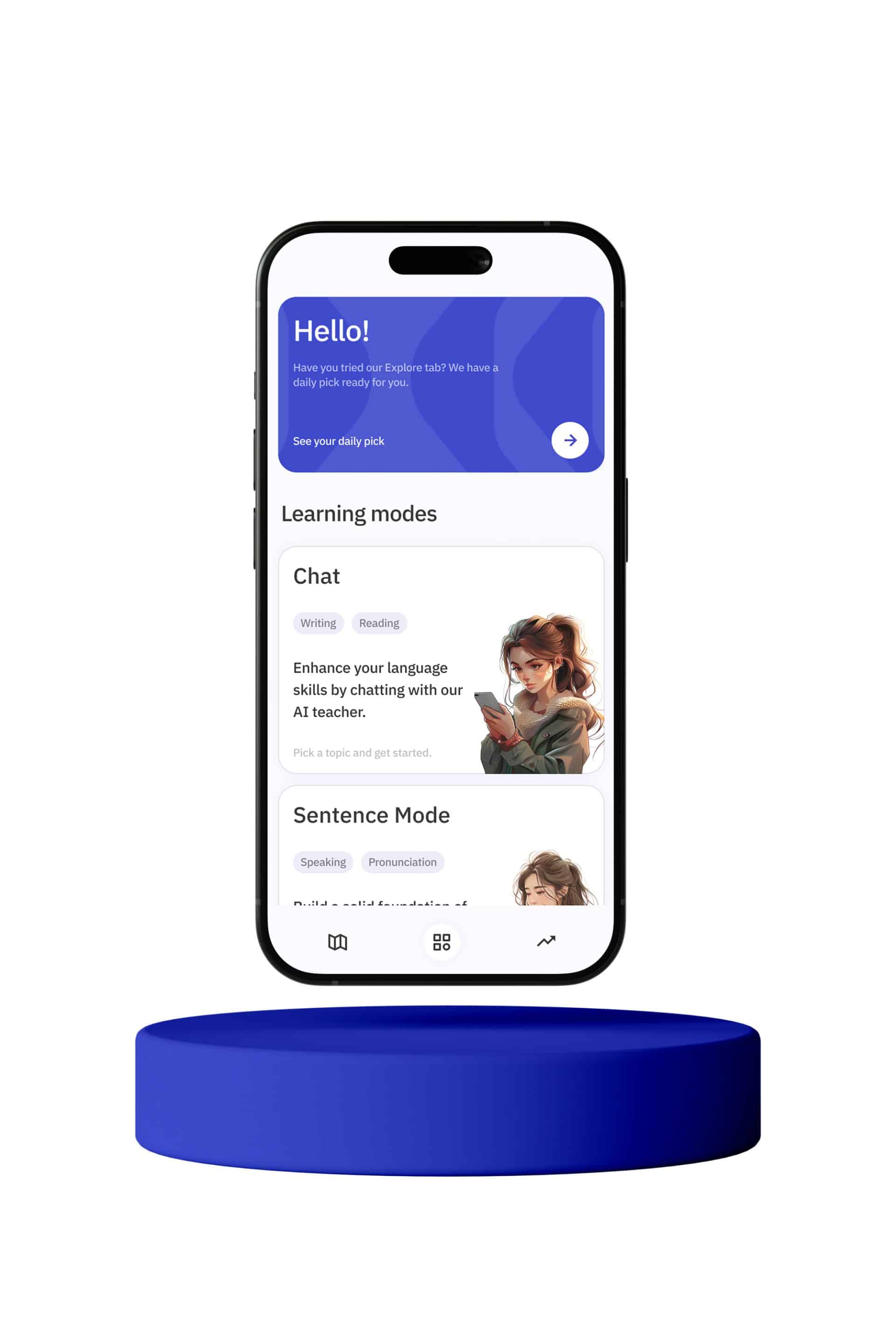When learning Japanese, understanding how to express equality and similarity between two entities is essential for effective communication. One of the most common ways to convey this concept is by using the phrase とおなじ (to onaji), which translates to “the same as” or “equal to” in English. This article will delve into the intricacies of using とおなじ, providing detailed explanations and examples to help you master this important grammatical structure.
Understanding とおなじ
At its core, とおなじ is used to compare two or more items, people, or concepts that share the same characteristics. It is an adjective that can be used to indicate that something is the same as something else. The phrase is composed of two parts: と (to), which is a particle often used to indicate comparison or quotation, and おなじ (onaji), which means “same.”
Basic Structure
The basic structure of a sentence using とおなじ is as follows:
1. **Noun A** + と + **Noun B** + は + **おなじ** です。
2. **Noun A** + と + **おなじ** + **Noun B**。
Here is a breakdown of these structures:
1. **Noun A** と **Noun B** は おなじ です。
– This structure is used to say that Noun A is the same as Noun B.
– Example: この本 (kono hon) と あの本 (ano hon) は おなじ です。
Translation: This book is the same as that book.
2. **Noun A** と おなじ **Noun B**。
– This structure is used to say that Noun B is the same as Noun A.
– Example: この本 (kono hon) と おなじ 本 (hon)。
Translation: A book the same as this book.
Examples and Explanation
Let’s look at some more examples to further understand the use of とおなじ:
1. 彼 (kare) と 私 (watashi) は おなじ 学校 (gakkou) に 通っています (kayotteimasu)。
– Translation: He and I go to the same school.
– Explanation: Here, とおなじ is used to indicate that both subjects (he and I) attend the same school.
2. このシャツ (kono shatsu) と おなじ シャツ (shatsu) を 買いました (kaimashita)。
– Translation: I bought a shirt the same as this one.
– Explanation: とおなじ is used to compare the newly bought shirt with the existing one, indicating they are identical.
3. 彼の考え (kare no kangae) と 私の考え (watashi no kangae) は おなじ です (onaji desu)。
– Translation: His idea is the same as mine.
– Explanation: This sentence shows that both ideas are identical by using とおなじ.
Nuances and Variations
While とおなじ is a straightforward and useful phrase, it is important to understand its nuances and variations to use it effectively in different contexts.
Emphasizing Similarity
There are times when you might want to emphasize the similarity between two things rather than their absolute equality. In such cases, you can use phrases like **と似ている** (to niteiru), which means “similar to.”
Example:
1. 彼女の髪型 (kanojo no kamigata) は 私の髪型 (watashi no kamigata) と 似ている (niteiru)。
– Translation: Her hairstyle is similar to mine.
– Explanation: While とおなじ would imply the hairstyles are exactly the same, と似ている suggests they are alike but not identical.
Using とおなじ with Verbs and Adjectives
While とおなじ is typically used with nouns, it can also be used with verbs and adjectives by nominalizing them. This involves turning verbs and adjectives into noun-like forms, often using the nominalizer の (no).
Example:
1. 私が 食べたもの (watashi ga tabeta mono) と おなじ もの (mono) を 食べました (tabemashita)。
– Translation: I ate the same thing as you.
– Explanation: Here, 食べた (tabeta) is the past tense of the verb 食べる (taberu), meaning “to eat.” By adding もの (mono), it is nominalized, allowing it to be compared with another noun using とおなじ.
2. 彼の意見 (kare no iken) は 私の意見 (watashi no iken) と おなじ です (onaji desu)。
– Translation: His opinion is the same as mine.
– Explanation: 意見 (iken) means “opinion,” and とおなじ is used to show that both opinions are identical.
Common Mistakes and Pitfalls
Learning to use とおなじ correctly can be challenging, especially for beginners. Here are some common mistakes and how to avoid them:
Confusing とおなじ with に似ている
A frequent mistake is using とおなじ when と似ている would be more appropriate. Remember that とおなじ implies exact sameness, while と似ている suggests similarity but not identicality.
Incorrect: この犬 (kono inu) は あの犬 (ano inu) と おなじ です (onaji desu)。
Correct: この犬 (kono inu) は あの犬 (ano inu) と 似ている (niteiru)。
– Translation: This dog is similar to that dog.
Incorrect Particle Usage
Another common mistake is using the wrong particle with とおなじ. The particle と must be used to indicate the comparison. Using other particles like で or に is incorrect.
Incorrect: 彼と一緒に (kare to issho ni) は おなじ です (onaji desu)。
Correct: 彼と (kare to) は おなじ です (onaji desu)。
– Translation: He is the same as me.
Forgetting the Copula
In Japanese, the copula です (desu) is often necessary to complete the sentence. Beginners sometimes forget to add です, leading to incomplete sentences.
Incorrect: この本 (kono hon) と あの本 (ano hon) は おなじ。
Correct: この本 (kono hon) と あの本 (ano hon) は おなじ です (onaji desu)。
– Translation: This book is the same as that book.
Practice Makes Perfect
As with any aspect of language learning, practice is crucial for mastering the use of とおなじ. Here are some exercises to help you get comfortable with this concept:
Exercise 1: Sentence Creation
Create sentences using とおなじ to compare the following pairs of items:
1. 自分のペン (jibun no pen) と 友達のペン (tomodachi no pen)
2. 昨日の天気 (kinou no tenki) と 今日の天気 (kyou no tenki)
3. この映画 (kono eiga) と あの映画 (ano eiga)
Example answer for 1: 自分のペン と 友達のペン は おなじ です。
Translation: My pen is the same as my friend’s pen.
Exercise 2: Correct the Mistakes
Identify and correct the mistakes in the following sentences:
1. このシャツ と そのシャツ は に似ている です。
2. 彼の意見 と 私の意見 と おなじ です。
3. その猫 は その犬 と おなじ。
Corrected sentences:
1. このシャツ と そのシャツ は おなじ です。
2. 彼の意見 は 私の意見 と おなじ です。
3. その猫 は その犬 と 似ている。
Conclusion
Mastering the use of とおなじ is a fundamental step in becoming proficient in Japanese. By understanding its structure, nuances, and common pitfalls, you can effectively express equality and similarity between various entities. Remember to practice regularly and pay attention to the context in which you use とおなじ, as this will help you become more fluent and natural in your Japanese communication. Happy learning!








